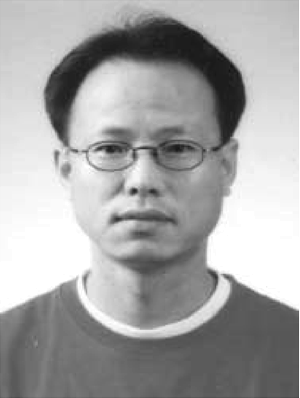Author details

D. J. Jung
Also published under: Dong J. Jung
Affiliation
Technology-Development Team 2
Samsung Electronics Co. Ltd.
Yongin si, South Korea
Biography
Dong Jin Jung was born in 1967. He received his Ph.D. degree (2006) in physics from the University of Cambridge, UK. Earlier, he started to serve as an engineer on a project of CMOS FET development in semiconductor R and D center of Samsung Electronics, Yongin, South Korea, in 1992. He subsequently joined an R and D team of ferroelectric random access memories (FRAMs) and served as a device engineer for 7 years from 1995. During the projects, he played a vivid role in developing device technologies for highly scalable, reliable memories such as DRAMs and FRAMs. Many talks, including invited ones, over his research outcomes has been presented as a first author in many different international conferences such as IEEE International Electron De... Author's Published Works

